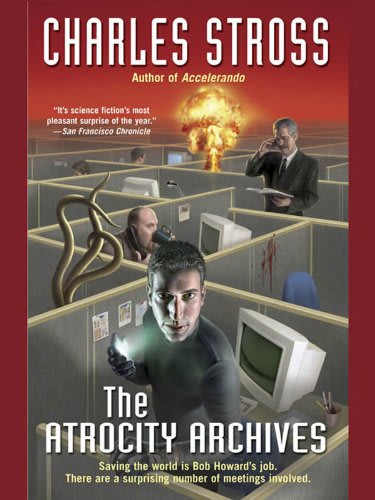

A study of these laws states that: “A slave giving false evidence would … receive his 39 lashes and then have his ears nailed to the pillory for half an hour, after which they would be cut off.”Īn uprising by enslaved people in 1663 in Gloucester County, where Porteus was based, was mercilessly put down, according to an account by the Colonial Willamsburg Foundation: “Several bloody heads dangled from local chimney tops as a gruesome warning to others.”Įarlier this month, in response to the Guardian’s reporting, Charles signalled for the first time his support for research into the links between the British monarchy and the transatlantic slave trade.Ī Buckingham Palace spokesperson said at the time that Charles took “profoundly seriously” the issue of slavery, which he has described as an “appalling atrocity”.

Laws developed in the state to maintain slavery and crush uprisings included whipping, and dismembering people by cutting off a foot. Virginia is a landmark state in the history of US slavery, because of an infamous landing of enslaved African people at Jamestown in 1619.

Edward Porteus also left to his wife, Margaret, “my negroe girl Cumbo”. The will of Edward Porteus, another document examined by Baptiste, referred to “negroes”, whom he left to his son Robert.

It added: “ … our said Agent to put aboard the Shipp Two Hundred Negroes and as many more as he shall get ready and the ship can conveniently carry … and then proceed … to Potomac River in Maryland, and deliver them to Mr Edward Porteus, Mr Christopher Robinson and Mr Richard Gardiner.” “You are with your first opportunity of wind and weather that God shall send after receipt hereof to sett sail out of the River of Thames on the Shipp of Speedwell and make the best of your way to James Island on the River of Gambia,” the instruction stated. The latest discovery, which Baptiste made deep in the RAC archives, reveals a direct line up the Windsor family tree to the trafficking of enslaved Africans. The revelation follows the Guardian’s publication of a document earlier this month that linked the slave trader Edward Colston to the British monarchy. The documents establishing these royal roots were found by the researcher Desirée Baptiste, while investigating links between the Church of England and enslavers in Virginia, for a play she has written. Their granddaughter was Elizabeth Bowes-Lyon, the late queen mother. Later a direct descendant, Frances Smith, married the aristocrat Claude Bowes-Lyon. Porteus’s son, Robert, inherited his father’s estate before moving his family to England, in 1720. The document instructs a ship’s captain to deliver the enslaved Africans to Edward Porteus, a tobacco plantation owner in Virginia, and two other men. Frances Bowes-Lyon, Countess of Strathmore and Kinghorne Photograph: Creative Commons


 0 kommentar(er)
0 kommentar(er)
